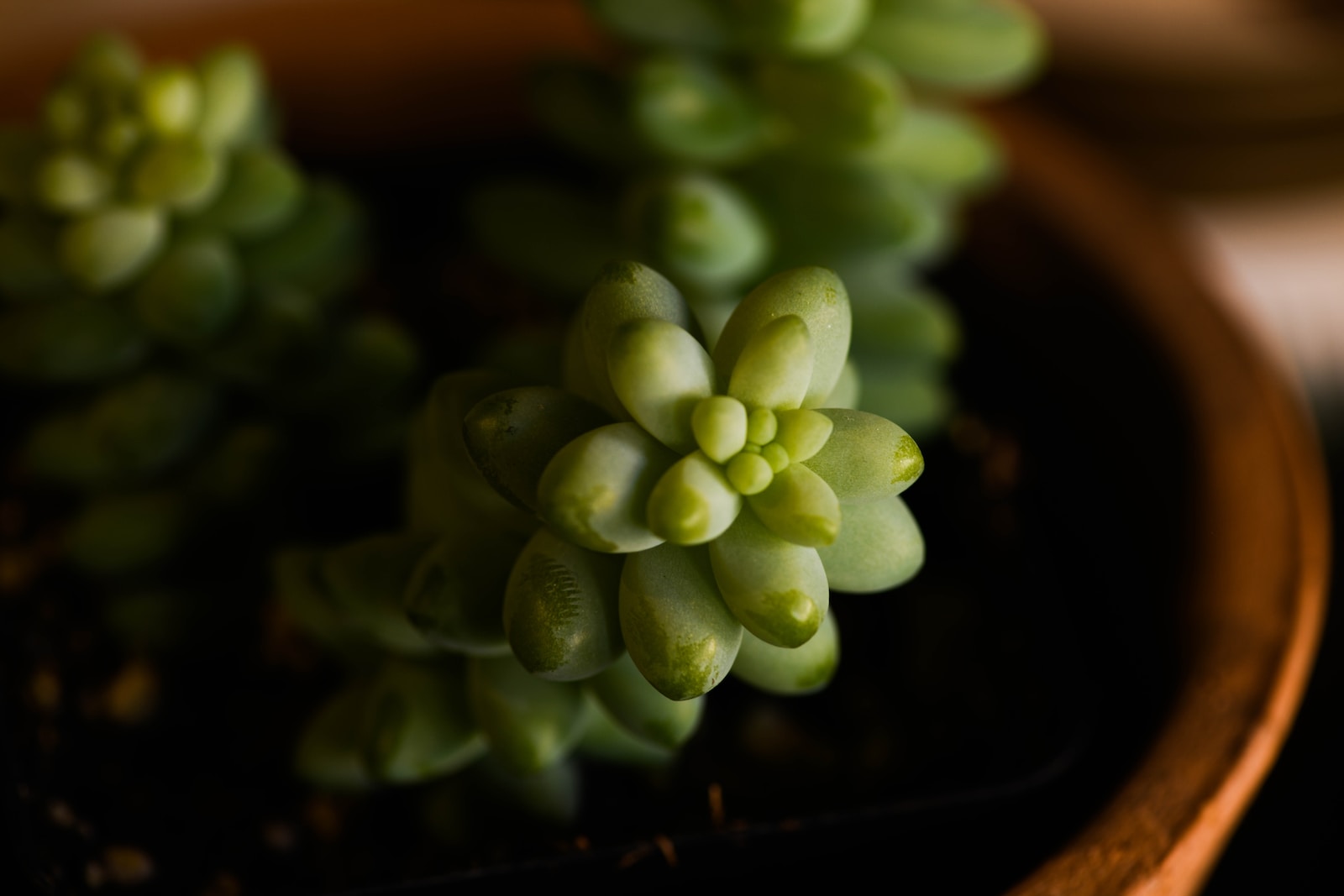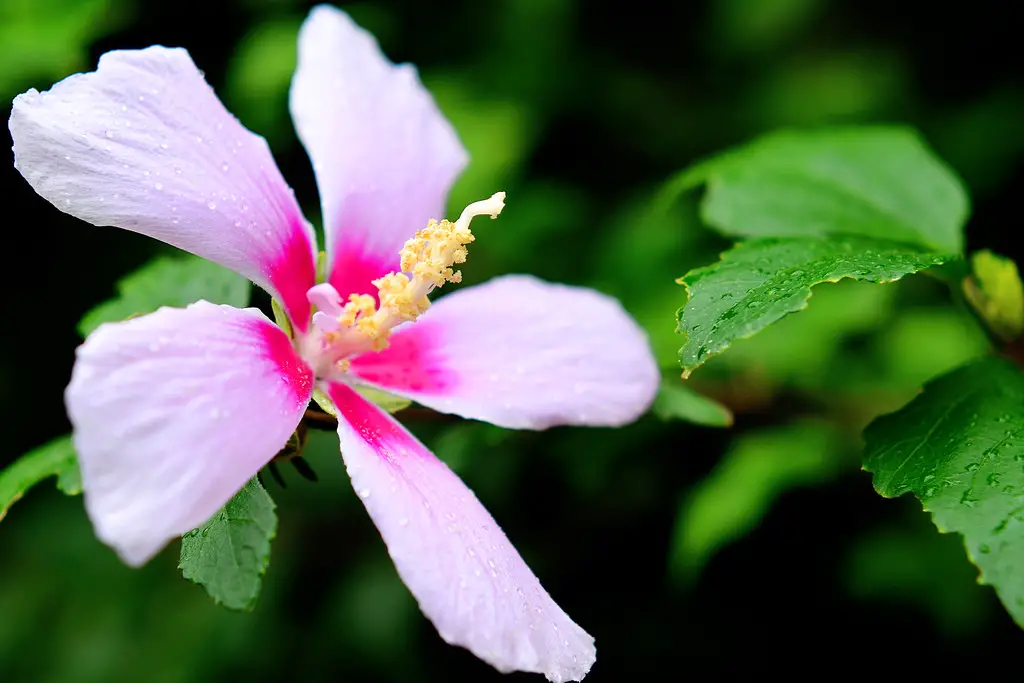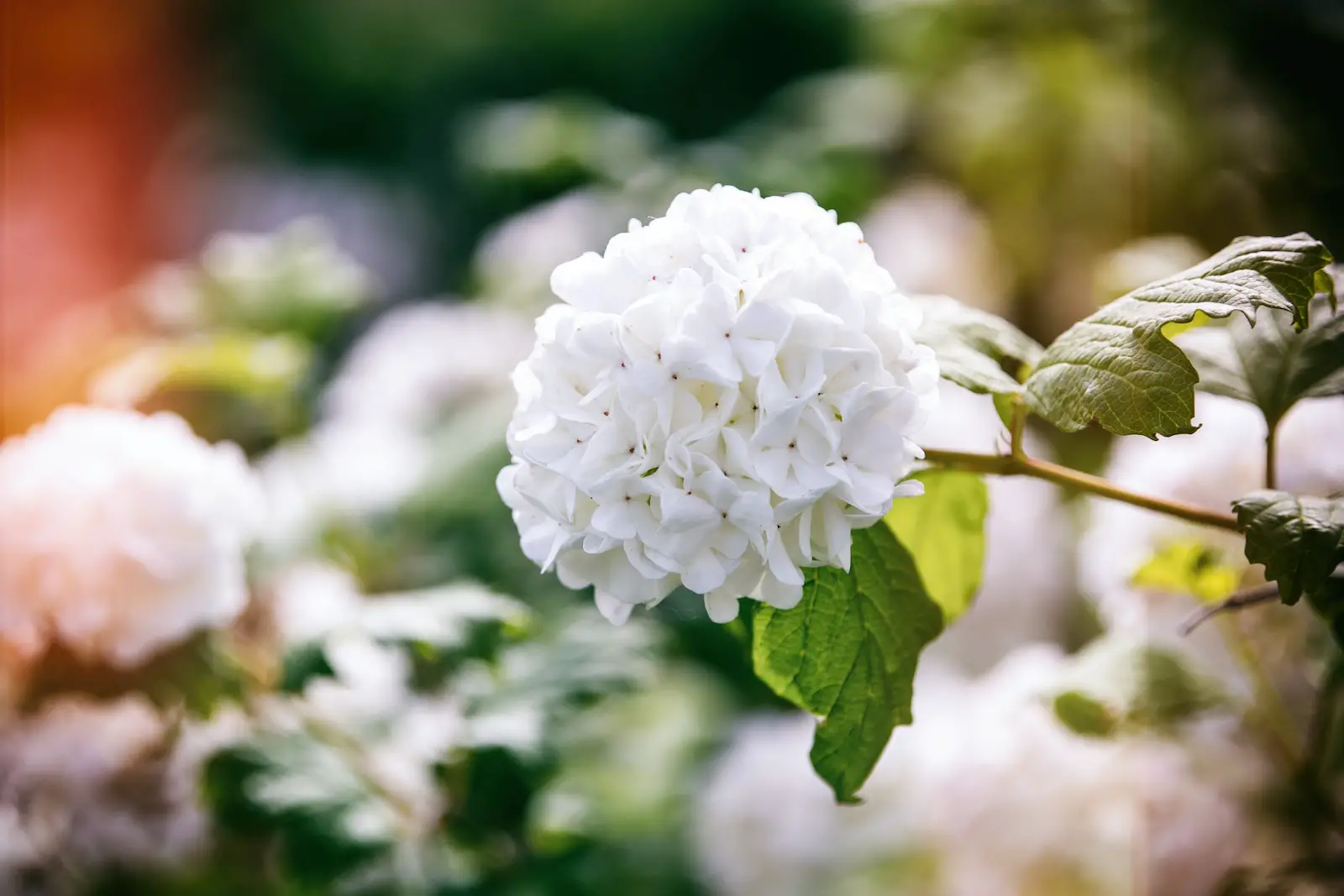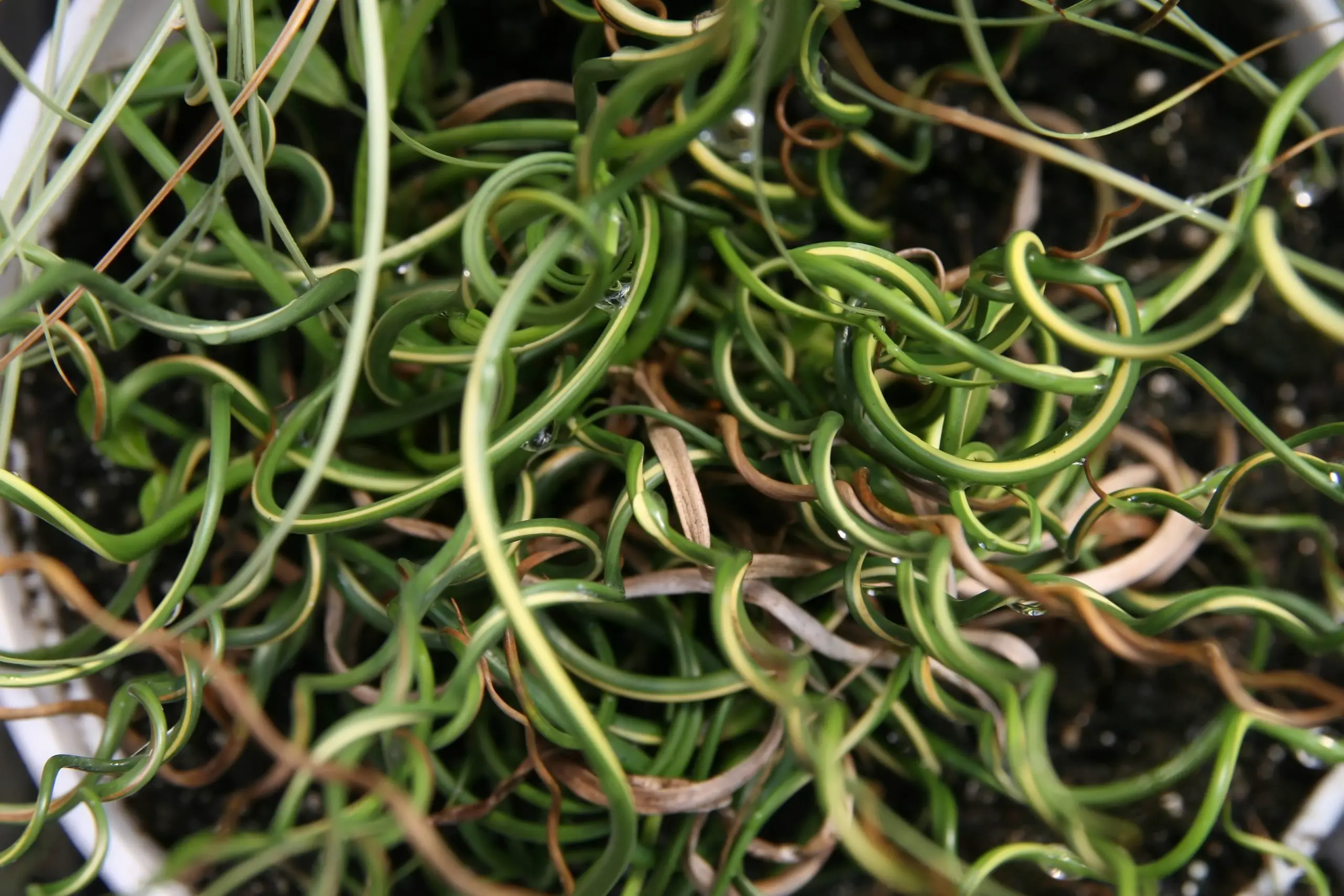The Donkey Tail Plant, also commonly known as Burro’s Tail or Sedum morganianum, is a perennial succulent that has become quite popular among garden enthusiasts. The plant is particularly noted for its cascading stems filled with fleshy, tear-drop shaped leaves. These leaves, densely packed on trailing stems, create the appearance of a donkey’s tail, leading to its common name.
Native to southern Mexico and Honduras, the Donkey Tail Plant is a beautiful addition to hanging baskets or pots where its unique trailing stems can be displayed prominently. It is often admired for its easy care and intriguing appearance, making it an excellent choice for both novice and experienced gardeners.
The Donkey Tail Plant’s adaptability to various indoor conditions and its ability to thrive with minimal care has contributed to its growing popularity. However, to get the best out of this unique succulent, understanding its specific needs and growth habits can be invaluable.
| Attribute | Details |
|---|---|
| Common Names | Donkey Tail Plant, Burro’s Tail |
| Botanical Name | Sedum morganianum |
| Family | Crassulaceae |
| Plant Type | Succulent |
| Mature Size | Up to 24 inches in length |
| Sun Exposure | Partial shade to full sun |
| Soil Type | Well-draining cactus or succulent mix |
| Hardiness Zones | 9-11 |
| Native Area | Southern Mexico, Honduras |
Donkey Tail Plant Care
The Donkey Tail Plant is prized for its low-maintenance nature, thriving in conditions that mimic its natural arid habitat. Providing the right amount of sunlight, water, and proper soil can make caring for this plant a joy rather than a chore.
It requires a well-draining soil mix, as well as a pot with drainage holes to prevent waterlogging. The plant’s trailing nature makes it suitable for hanging pots or containers that allow its tail-like stems to spill over the sides. During the growing season, a balanced fertilizer applied monthly will contribute to healthy growth.
Light Requirement for Donkey Tail Plant
The Donkey Tail Plant thrives in bright, indirect sunlight. It can tolerate partial shade, but too little light may lead to leggy growth. A west or east-facing window that provides filtered sunlight will make an ideal spot.
Soil Requirements for Donkey Tail Plant
A mixture of cactus or succulent soil with sand or perlite for added drainage is essential. Ensuring that the soil dries out between watering will prevent potential root rot.
Water Requirements for Donkey Tail Plant
Being a succulent, the Donkey Tail Plant is drought-tolerant. It requires watering only when the soil is dry to the touch. Overwatering can lead to root rot, so it’s crucial to establish a moderate watering routine.
Temperature and Humidity
The Donkey Tail Plant prefers temperatures between 60°F to 75°F (15°C to 24°C). It’s not frost-tolerant and should be kept away from cold drafts. Average room humidity is typically adequate.
Fertilizer
A diluted balanced liquid fertilizer can be applied once a month during the growing season. Avoid over-fertilizing, as it can lead to weak, stretched growth.
Pruning Donkey Tail Plant
Pruning is generally not required but can be done to maintain shape or remove dead or damaged leaves and stems.
Propagating Donkey Tail Plant
Propagation is easily done through leaf or stem cuttings. Allow the cuttings to dry for a day or two before planting them in well-draining soil.
How To Grow Donkey Tail Plant From Seed
Growing from seed is possible but can be slow and requires patience. Plant seeds in a well-draining soil mix and keep it moist until germination.
Common Pests & Plant Diseases
Mealybugs
These pests can be treated with insecticidal soap or alcohol.
Aphids
Spraying with water or using insecticidal soap can effectively control aphids.
Common Problems With Donkey Tail Plant
Dropping Leaves
This is often a sign of overwatering or poor soil drainage.
Leggy Growth
Insufficient light can cause stretched and sparse growth.
Pro Tips
- Be gentle when handling the plant, as leaves can easily break off.
- Water sparingly, especially during the dormant winter months.
- Provide adequate sunlight but protect from intense direct sun.
- Use a well-draining soil mix to prevent waterlogged roots.
- Consider the plant’s natural environment and strive to replicate those conditions for optimal growth.



